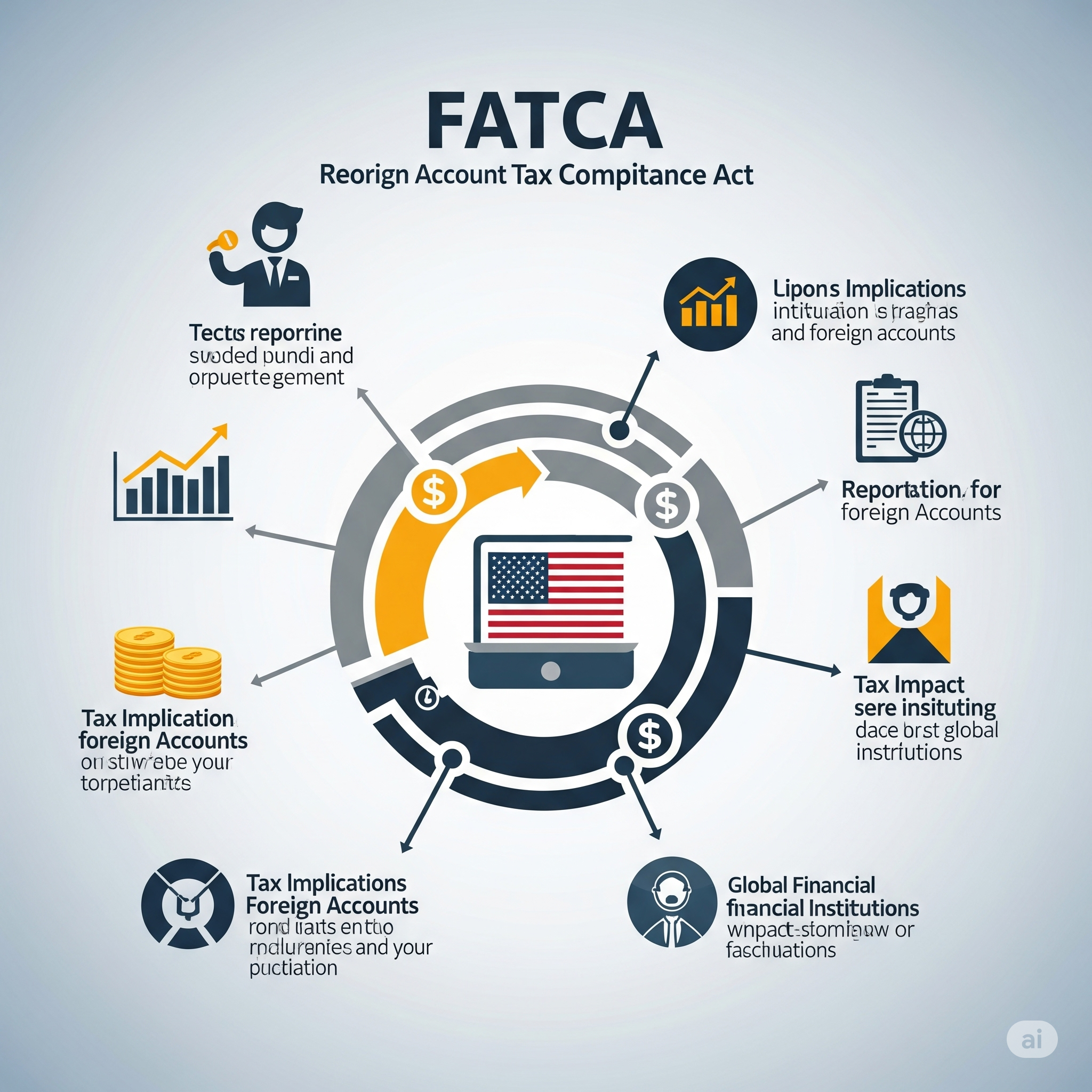How to Apply for PR (Permanent Residency) After Studies – A Step-by-Step Guide for International Students
🏠 How to Apply for PR (Permanent Residency) After Studies – A Step-by-Step Guide for International Students
Studying abroad is a big milestone, but for many international students, the ultimate goal is to settle down and build a long-term life in the same country. If you're wondering how to apply for PR (Permanent Residency) after studies, you're not alone. Thousands of students transition from study visas to PR every year—but it requires planning, documentation, and the right timing.
This guide breaks down the process for top countries where Indian students commonly pursue PR after graduation.
🌎 What is PR and Why is it Important?
Permanent Residency (PR) allows you to:
- Live, work, and study in the country indefinitely
- Sponsor family members
- Access government benefits and social services
- Eventually apply for citizenship (in many cases)
Unlike a temporary visa, PR offers stability and legal rights—a big advantage for international students.
🧭 General Steps to Apply for PR After Studies
While each country has its own rules, here’s a general step-by-step path:
✅ Step 1: Complete Your Studies (with Valid Visa)
Ensure you complete your degree/diploma under a valid student visa from a recognized institution.
✅ Step 2: Apply for a Post-Study Work Visa
Most countries offer a graduate work visa that lets you work full-time after your studies:
- Canada: PGWP (Post-Graduation Work Permit)
- Australia: Temporary Graduate Visa (Subclass 485)
- UK: Graduate Route Visa (2 years)
- Germany: 18-month Job Search Visa
- New Zealand: Post-Study Work Visa
Use this time to gain work experience, which is often essential for PR eligibility.
✅ Step 3: Gain Relevant Work Experience
You may need 1–3 years of work experience in your field of study to qualify for PR. Many PR programs are points-based, and experience boosts your score.
✅ Step 4: Meet PR Eligibility Requirements
Each country has its own criteria, but common factors include:
- Age
- Education
- Language proficiency (IELTS/TOEFL)
- Work experience
- Job offer (in some cases)
- Funds/proof of financial stability
✅ Step 5: Apply for PR Through the Right Program
Choose the PR pathway that suits your situation. Here's how it's done in popular destinations:
🇨🇦 Canada – One of the Most PR-Friendly Countries
Popular PR Pathways:
- Express Entry (CEC – Canadian Experience Class): For those with 1+ year of skilled work experience in Canada
- Provincial Nominee Program (PNP): For graduates in specific provinces
- Quebec Immigration Program (for students in Quebec)
Key Tips:
- Maintain a good CRS (Comprehensive Ranking System) score
- Apply for PR before your PGWP expires
- Use AbroadSaathi to track CRS score changes and documentation deadlines
🇦🇺 Australia – Points-Based PR System
Popular PR Pathways:
- Skilled Independent Visa (Subclass 189)
- Skilled Nominated Visa (Subclass 190)
- Graduate Temporary Visa to PR Pathway
Key Tips:
- Take the NAATI test or complete a Professional Year Program to earn extra PR points
- Get a positive skills assessment for your occupation
🇬🇧 United Kingdom – A New PR-Ready System
PR Route:
- Stay in the UK with a Graduate Visa (2 years)
- Switch to a Skilled Worker Visa with a job offer
- After 5 years on a valid work visa, apply for Indefinite Leave to Remain (ILR) (equivalent to PR)
Key Tips:
- Work in roles that appear on the UK Shortage Occupation List
- Maintain clean immigration records
🇩🇪 Germany – The Skilled Worker Route
PR Route:
- After studies, get an 18-month job-seeker visa
- Work full-time for 2+ years in a related field
- Apply for Permanent Residence (Niederlassungserlaubnis)
Key Tips:
- B1 German language proficiency helps
- Pay taxes and contribute to pension for PR eligibility
🇳🇿 New Zealand – Study to Residence Pathway
PR Route:
- Complete a degree and apply for a Post-Study Work Visa
- Get a job in a skill-shortage area
- Apply for Skilled Migrant Category Resident Visa
Key Tips:
- Higher qualifications (like a Master’s) increase PR chances
- Use the New Zealand Points Indicator Tool
📁 Essential Documents for PR Applications
Most PR applications require:
- Valid passport
- Degree certificate and transcripts
- Post-study work visa details
- Job offer/employment proof
- Language test results (IELTS/TOEFL)
- Police clearance certificate
- Medical examination report
- Proof of funds
🧠 Final Tips for a Smooth PR Application
- Start planning before you graduate
- Improve your language skills (IELTS scores can boost points)
- Stay updated with immigration policies on official websites
- Keep all your work and study documents safely stored
- Consider hiring a certified immigration consultant if unsure
🌐 Tools That Can Help
Apps like AbroadSaathi make your PR journey easier with:
- PR score calculators
- Country-specific visa alerts
- Immigration document checklists
- NRI tax and finance tools
- Free webinars and updates
💬 Final Words
Getting Permanent Residency after your studies abroad is definitely achievable—but it takes preparation, paperwork, and patience. Start early, work smart, and follow the right pathway for your chosen country.
🎯 Your student visa is the start of the journey. PR is your passport to a new life.
Connect With the Indian Community living Abroad.
Comments
Latest Articles

Best Cities Abroad for Indian Vegans & Vegetarians in the UK, Canada & Germany

How to Set Up Your First International Apartment – A Checklist for Indians

Hidden Scholarships for Indian Students in Non-English Speaking Countries

Why Second Passports Are Trending Among Wealthy Indians in 2025
